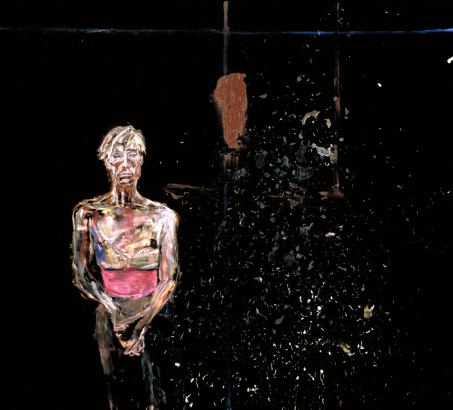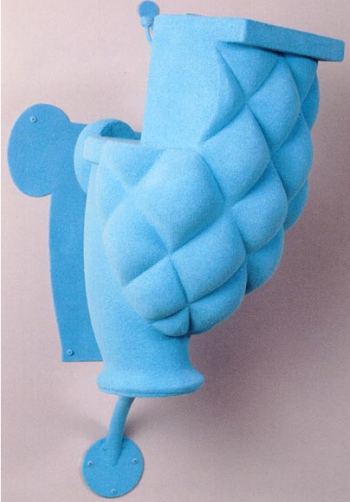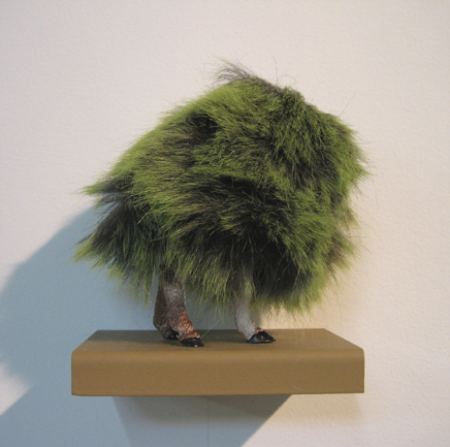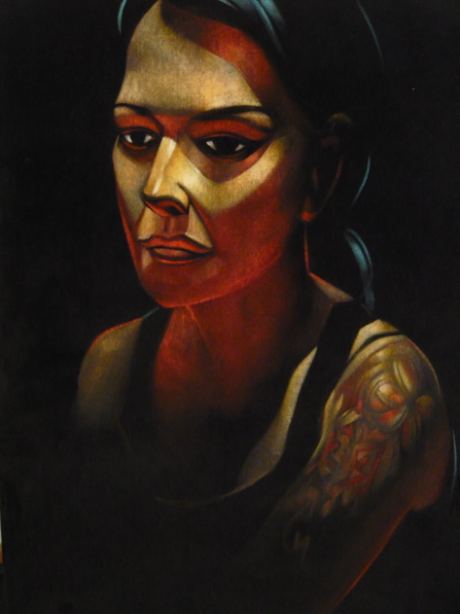Now that baroque portraits of excrement can be found hanging in luxury condos, why does bad painting on black velvet continue to deliver an outsider punch? Bad painting alone doesn’t do it. Marcia Tucker brought it into the mainstream in 1978. It’s the velvet, with paint congealing on its furry nap.
In the velvet realm, everyone’s a star or at least can gather together with others who are equally inept to become one: volume, volume, volume. Velvet in quantity dispenses with the notion of quality. Case in point, Velveteria in Portland, which attracts more national attention than any other museum in the region.
Seattle made a stab at a black velvet painting museum (Villa Velour) in the late 1990s, which still exists online. It went wrong by focusing on the classical best in bad velvet. (Cynthia Rose story here.)
Where does this leave more conventionally-defined good painters, as opposed to a version held by the velvet underground? If they’re willing to be nappy, they’re looking good. The mainstream is unlikely to embrace the racist, sexist cornball Edgar William Leeteg (see Villa Velour link), but others who add just a touch of Leeteg can ride out of time to a mythical carny world.
Did I ever tell you the story of the twentieth-century man in a third-century church, his hand resting on an eighteenth-century banister?
No, but when he tells his tales on velvet, he has everyone’s attention.
Schnabel, Portrait of Andy Warhol, 1982, oil/velvet, via.
 Colored velvet works if you’re Polly Apfelbaum… (Image via)
Colored velvet works if you’re Polly Apfelbaum… (Image via)
 Or Claudia Fitch. (sculpture covered in blue flocking, which is velvet’s tighter twin. Image via)
Or Claudia Fitch. (sculpture covered in blue flocking, which is velvet’s tighter twin. Image via)
 Can a shaggy version of velvet ride its coattails? (Misako Inaoka)
Can a shaggy version of velvet ride its coattails? (Misako Inaoka)
 Back to black, always in style. As Joseph Park aptly observed, “You cannot take this shit too lightly. I’m psyching myself up to try it again.” Below, his gorgeous portrait of Seattle art dealer Kirsten Anderson.
Back to black, always in style. As Joseph Park aptly observed, “You cannot take this shit too lightly. I’m psyching myself up to try it again.” Below, his gorgeous portrait of Seattle art dealer Kirsten Anderson.




Leave a Reply